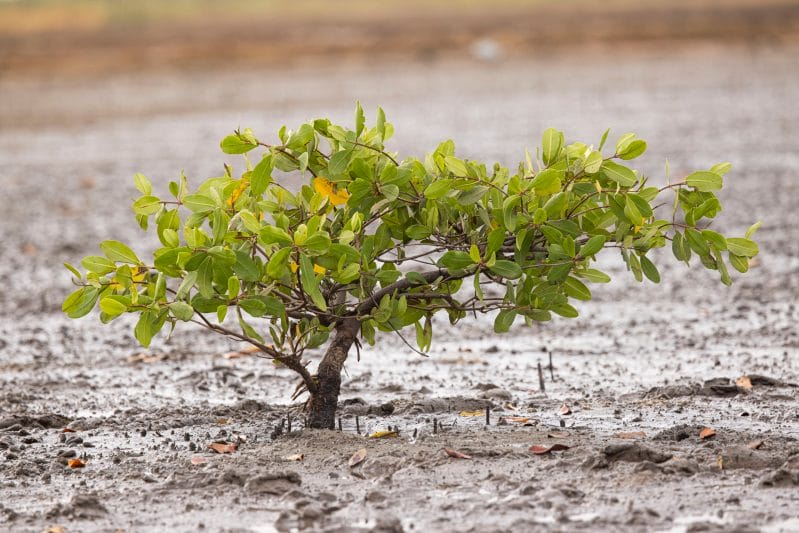WeForest’s restoration projects in Tanzania, Ethiopia, Zambia and India aim to provide a secure and healthy diet for rural families. WeForest plants trees that provide nutritious food products and incorporate trees into agroforestry systems to enhance agricultural productivity. In doing so, WeForest’s projects make earth cooler and combat climate change, promote biodiversity and provide livelihood development opportunities for local communities.
With more than 800 million people suffering from nutrient deficiencies, the UN’s sustainable development goal to “end hunger, achieve food security and improved nutrition and promote sustainable agriculture” is so important.
That’s one of the reasons WeForest plants a variety of trees, plants, grasses and herbs across our intervention areas. Taking pressure off surrounding forests, trees provide fruits, nuts, seeds and leaves.
WeForest also plants species that feed livestock and provide habitat for wild pollinators. In Zambia, for example, our project is making the most of the improved forest health by installing beehives. Forests benefit from more pollinators, bees benefit from access to better habitat and people can harvest honey.
In many developing countries, forest foods represent a much-needed safety net that can help rural communities adapt to climate change. They improve the resilience of communities by providing food for families between harvest seasons, when crops fail or during times of drought, famine or political unrest. In our intervention site in Amhara, it is typical for farmers to harvest woodland plants, like Parinari curatellifolia, when crop production is low.
Trees incorporated into agricultural systems can also help farmers engage in climate-smart agriculture. Trees have been shown to protect arid areas against land degradation, help deliver clean water to agricultural lands by protecting catchments, and enhance soil stability and fertility. Trees can therefore help protect agricultural productivity against the negative impacts of climate change.
Against a backdrop of increasing temperatures and extreme weather conditions, the issue of food security is ever more important. Forests provide a lifeline for rural families in the face of climate change and we are already seeing families harvesting a diversity of foods from our trees.















